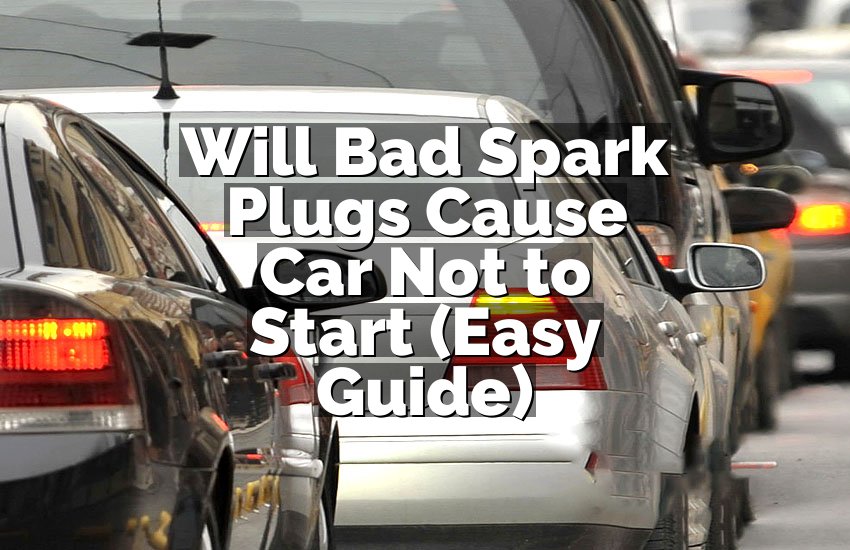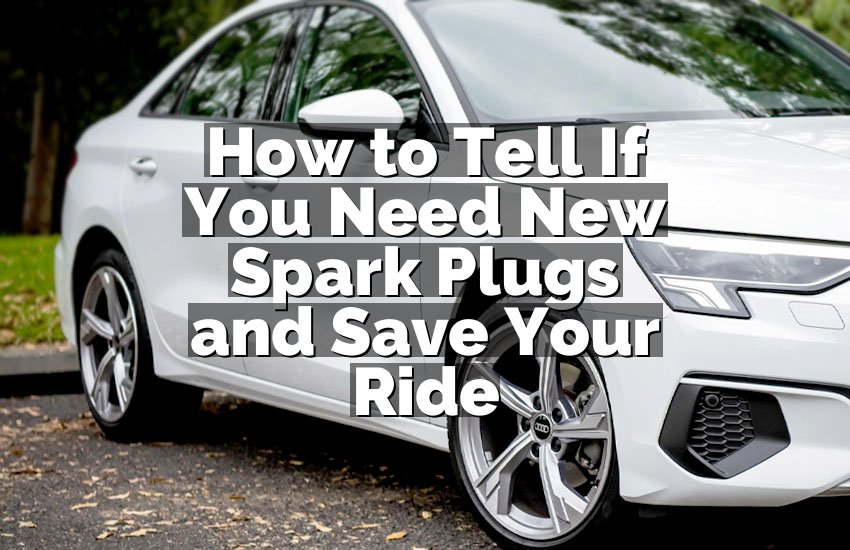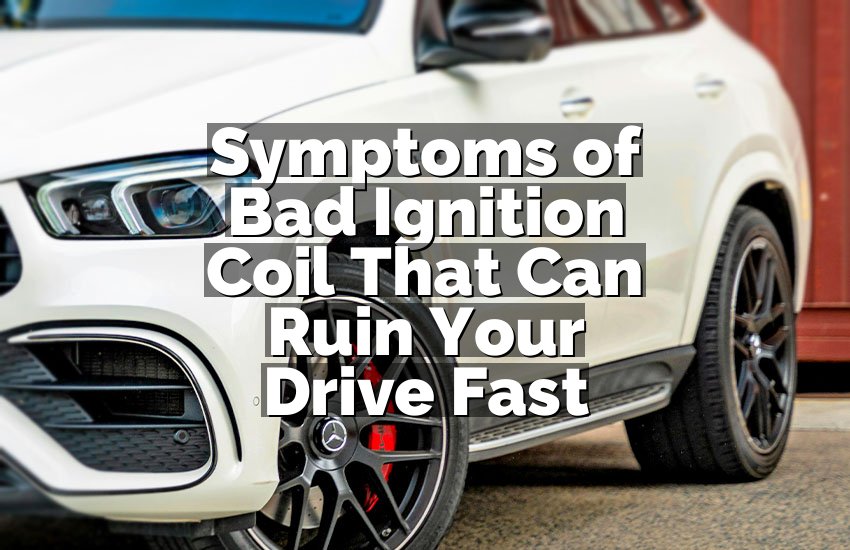Have you ever accidentally put the wrong gas in your car? It happens more often than you think! Maybe you grabbed diesel instead of petrol, or filled up with premium when your car only needs regular. It can feel scary, but don’t worry. I’m going to walk you through the signs that something’s wrong and exactly what to do if it happens to you. Let’s keep your car happy and running smoothly!
How to Know if You Put the Wrong Gas in Your Car
Putting the wrong gas in your car can cause problems, but sometimes it’s hard to tell right away. Knowing the signs early can save you from bigger damage and expensive repairs. Let’s look at the common symptoms you might notice.
Engine Starting Problems
One of the first signs that you put the wrong gas in your car is trouble starting the engine. When you use the wrong fuel, the engine may hesitate or not start at all. This happens because the fuel can’t burn properly in the engine.
If you notice your car cranks but doesn’t start, or starts and quickly stalls, it could mean wrong gas is in the tank. This is especially true if this happens right after you filled up. Don’t try to start the car many times because that can cause more damage.
Strange Engine Noises
Another symptom is strange noises from your engine. You might hear knocking, pinging, or sputtering sounds. These noises happen when the wrong fuel causes uneven burning inside the engine cylinders.
If your car makes these noises, it’s a warning sign to check your gas tank. Ignoring these sounds can lead to bigger engine damage and cost more money to fix later.
Poor Engine Performance
Wrong gas can also make your car feel slow or weak. You may notice the car struggles when you try to accelerate or climb hills. It may feel like the engine is losing power or not running smoothly.
This poor performance is a result of the fuel not burning correctly, causing your engine to run rough or misfire. If you feel this after filling up, it’s time to take a closer look at what kind of gas you used.
Warning Lights on Dashboard
Modern cars have sensors that detect problems in the engine. When wrong gas causes issues, your dashboard may show warning lights like the check engine light or fuel system warning.
Don’t ignore these lights! They mean the car’s computer has found a problem, and it could be related to the fuel. Take your car to a mechanic or fix it yourself if you know how.
Smell of Fuel or Smoke
Sometimes, if you use the wrong gas, you might smell fuel inside or outside the car. This smell happens because the fuel isn’t burning properly and some of it escapes.
You may also see smoke from the exhaust, especially if diesel is in a petrol engine or vice versa. This is a sign that your car needs attention immediately to avoid more damage.
What to Do If You Put the Wrong Gas in Your Car
If you realize you put the wrong gas in your car, don’t panic! There are steps you can take to fix the problem quickly and safely. Here is what you should do.
Stop Driving Right Away
The first and most important step is to stop driving the car as soon as you notice the wrong gas. Driving with the wrong fuel can damage your engine, fuel system, and other parts.
Pull over safely, turn off the engine, and don’t try to start it again. The less you drive, the less damage you cause. This will make fixing the problem easier and cheaper.
Call for Help or Tow Your Car
If you are stuck somewhere or unsure what to do next, call for roadside assistance or a tow truck. It’s better to have professionals help you than risk damaging the car further by driving it.
Towing your car to a trusted mechanic or service center will make sure the problem is handled correctly.
Drain the Fuel Tank
The most important fix is to drain all the wrong fuel from your tank. This step removes the bad gas and stops it from damaging the engine.
A mechanic will usually do this, but if you want to know how it’s done: the fuel tank is emptied by disconnecting the fuel lines and using a pump or siphon to remove all the fuel.
Never try to do this yourself unless you know what you’re doing because gasoline and diesel are flammable and dangerous.
Clean the Fuel System
After draining the tank, the fuel system needs cleaning. This includes fuel lines, injectors, filters, and pumps. The wrong fuel can leave deposits and blockages in these parts.
Cleaning the system helps your engine run smoothly again. Mechanics use special cleaners and tools to remove any leftover bad fuel and dirt.
Replace Fuel Filters
Fuel filters catch dirt and debris before the fuel reaches the engine. When wrong gas is used, the filters can get clogged faster.
Replacing the fuel filters is a key step to avoid engine problems. New filters make sure the clean fuel flows freely to the engine.
Refill with Correct Fuel
Once everything is cleaned and checked, refill the tank with the correct type of fuel your car needs. Use only the right kind of gas to avoid problems in the future.
Make sure to check your owner’s manual or ask your mechanic which fuel is best for your car.
Test Drive and Check for Problems
After fixing everything, test drive your car slowly to make sure it runs well. Listen for strange noises, check the dashboard for warning lights, and feel how the engine performs.
If you notice any problems, take the car back to the mechanic for another look.
How to Prevent Putting the Wrong Gas in Your Car
Prevention is always better than fixing a problem. Here are simple tips to avoid putting the wrong gas in your car.
Know Your Car’s Fuel Type
Before you fill up, make sure you know what kind of fuel your car needs. Check the owner’s manual or the sticker inside the fuel door.
Most cars use regular petrol, but some need premium petrol or diesel. Knowing this will save you trouble later.
Always Check the Pump Label
At the gas station, check the label on the pump carefully before filling. It should say “unleaded,” “premium,” or “diesel.”
Don’t rush when filling up. Taking a second to double-check can stop mistakes.
Use Separate Fuel Caps for Different Cars
If you have more than one vehicle with different fuel types, keep separate fuel caps or labels on each car. This helps avoid confusion.
You can also use a keychain or note to remind yourself which fuel is right for each car.
Educate Everyone Who Drives Your Car
If other people drive your car, make sure they know the right fuel to use. Tell them the symptoms of wrong gas and what to do if it happens.
Sharing this knowledge can prevent mistakes and keep your car safe.
Avoid Filling Up in Poor Lighting or Busy Stations
Sometimes mistakes happen because it’s dark or busy. Try to fill up during daylight or at quiet stations where you can focus.
Better lighting and fewer distractions help you pay attention to what you are doing.
Use Fuel Station Apps or Loyalty Cards
Many fuel stations have apps or loyalty cards that show the right fuel for your car when you pay. Using these tools can remind you and make filling easier.
What Happens If You Keep Driving with Wrong Gas
Some people might think it’s okay to drive a little with wrong gas, but this can cause serious damage. Here is what happens when you ignore the problem.
Damage to Engine Parts
The wrong fuel can cause parts inside your engine to wear out or break. For example, diesel in a petrol engine can clog injectors and fuel pumps.
This damage can be expensive to repair and may mean replacing important engine parts.
Fuel System Blockages
Wrong fuel can cause dirt and deposits to build up in the fuel lines and filters. These blockages stop fuel from reaching the engine properly.
If not cleaned, this will make your car stall or run poorly and may cause permanent damage.
Reduced Fuel Efficiency
When your car burns the wrong fuel, it uses more gas to go the same distance. This means you spend more money at the pump.
You might notice your fuel gauge drops faster or your car doesn’t go as far as before.
Increased Emissions and Pollution
Wrong fuel can make your car produce more harmful gases. This is bad for the environment and could fail emissions tests required by law.
Keeping your car running with the correct fuel helps keep the air cleaner.
Higher Repair Costs
Ignoring the problem and driving with wrong gas will only make repairs cost more. Early fixes are cheaper and less stressful.
If you fix the problem quickly, you save money and keep your car healthy.
I hope this guide helps you understand how to spot wrong gas in your car, what to do about it, and how to avoid it in the future. Your car will thank you!
Frequently Asked Questions (FAQs)
Is it dangerous to drive with the wrong gas in my car?
Yes, it can be dangerous. Driving with the wrong gas can cause engine damage, make your car stall unexpectedly, and even lead to costly repairs. It’s best to stop driving as soon as you suspect the problem and get your car checked by a mechanic.
Can I fix the wrong gas problem myself?
You can do some simple checks, but draining the tank and cleaning the fuel system is best left to professionals. Gasoline and diesel are flammable and dangerous, so it’s safer to get help from a mechanic.
Do I need to replace parts after putting wrong gas in my car?
Sometimes you only need to drain the fuel and clean the system. But if the wrong gas caused damage, parts like fuel filters or injectors may need replacing. A mechanic can tell you what’s necessary after inspecting your car.
Is it okay to drive a short distance with wrong fuel?
It’s not recommended. Even driving a short distance can cause damage to your engine and fuel system. Stop driving immediately if you realize you used the wrong gas and get help.
Can diesel damage a petrol engine?
Yes, diesel can cause serious problems in a petrol engine because it doesn’t burn the same way. It can clog fuel injectors and damage the fuel pump, leading to expensive repairs.
Do diesel engines get damaged by petrol?
Yes, petrol in a diesel engine can cause damage too. Petrol acts like a solvent and can reduce lubrication in the diesel fuel system, harming the fuel pump and injectors.
Is there a way to prevent putting wrong gas at the pump?
Yes! Always check the pump label carefully, know your car’s fuel type, use reminders like labels or keychains, and avoid filling up when distracted or in poor lighting.
Can I drive my car after warning lights come on due to wrong gas?
It’s best not to. Warning lights mean the car detected a problem. Driving further can cause more damage. Get your car checked by a mechanic as soon as possible.


